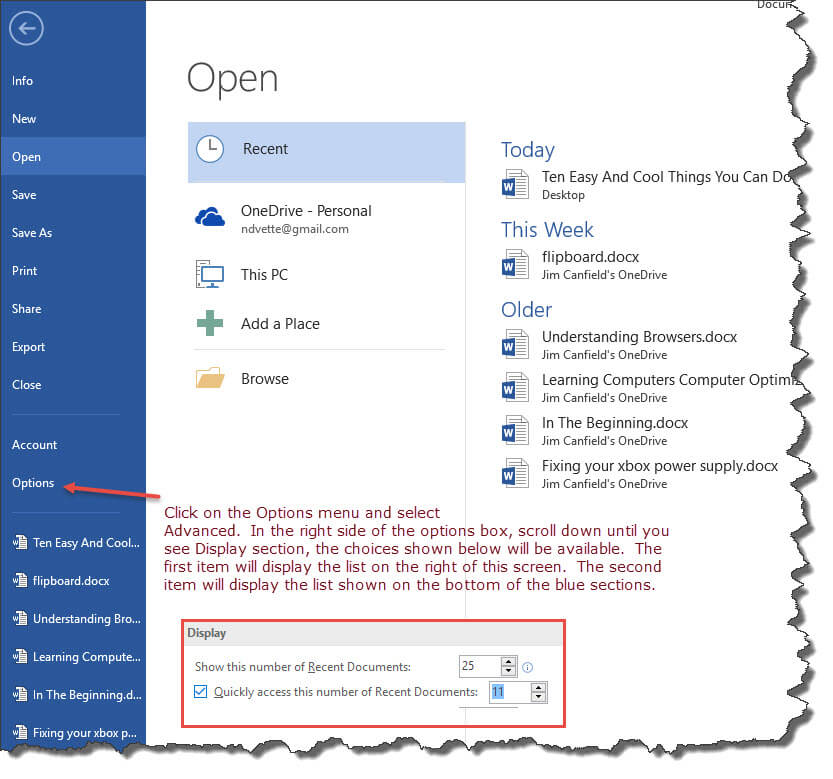

The specific key will differ by system, but it's usually the Delete, F1, F2, F10, or F12 key. As soon as you do, press the proper key to launch the BIOS or UEFI menu. Turn off your computer completely, and then press the power button to turn it back on. If this is your first time overclocking, using the BIOS/UEFI is simpler and safer.ġ. You can overclock via your computer's BIOS or UEFI startup menu, or use a specialized overclocking utility like Intel XTU. If you've prepared and are certain that you're ready to overclock your CPU, there are two ways to do it. So a stress test, which you can run using a tool like Prime95 or Intel's Extreme Tuning Utility (XTU), can give you confidence that the CPU is running properly before you begin to overclock it. Remember that overclocking a CPU means pushing the chip's performance beyond the level that it's designed for.

Quick note: If you want to give your PC a truly deep clean, remove all the components from the case and clean each one individually. We also recommend wearing an antistatic wristband, which will keep you safe from static shocks - if you don't have one, touch your PC case often to ground yourself. Open the case and, using a can of compressed air and a microfiber cloth, clean out any dust that's accumulated on the motherboard and in the fans, ducts, and other airflow pathways. Shut off the computer and unplug it from the wall. Start by giving your PC a thorough cleaning.If you try to overclock a CPU that's already redlining, you could see full system failure. Before you actually overclock your CPU, it's a good idea to prep your PC and make sure that your CPU isn't already too stressed for overclocking.


 0 kommentar(er)
0 kommentar(er)
